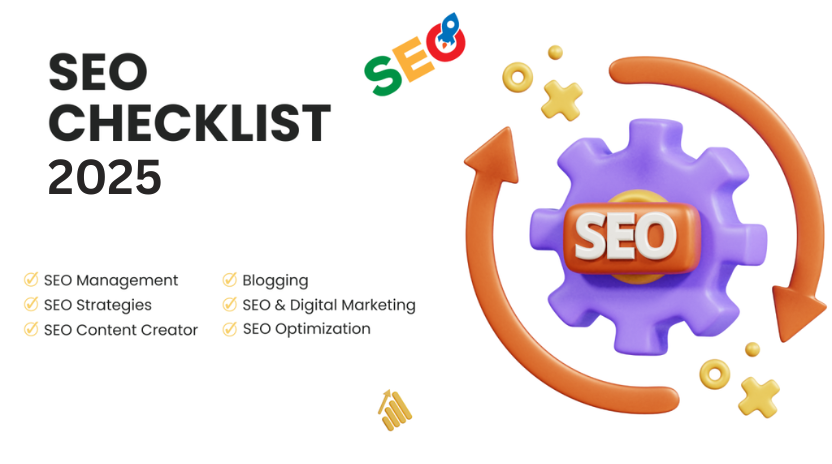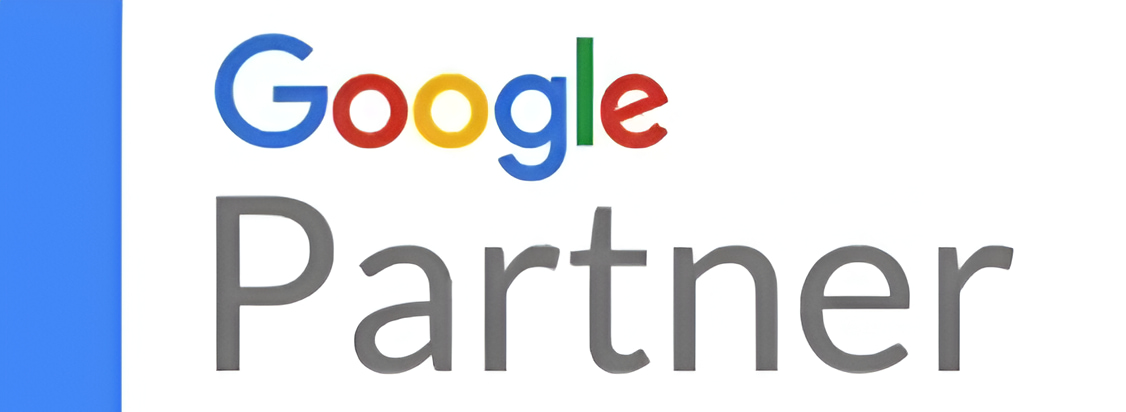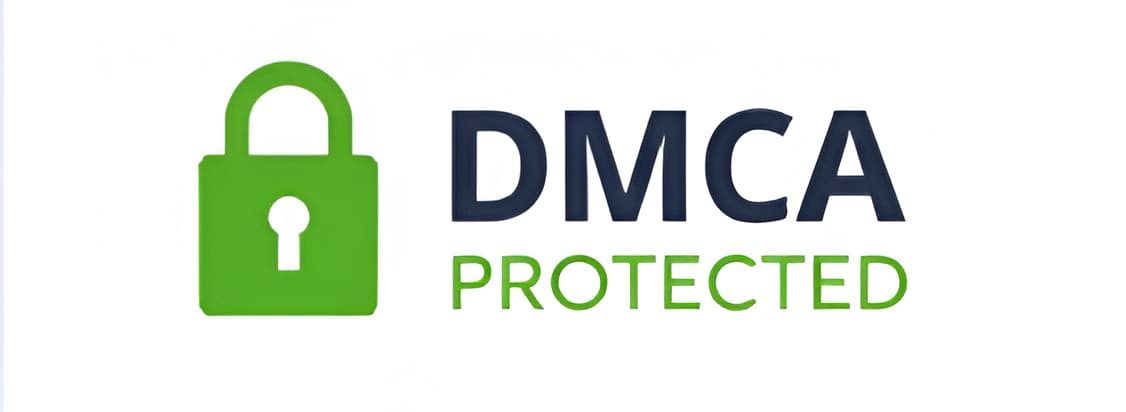In the competition for digital relevance, it is no longer sufficient to just have a website. To be relevant online means your site needs to rank well; that means you must rank well on search sites such as Google, Bing, Yahoo, and others. If search sites do not find your site relevant for the keywords and phrases being searched, your site can be lost in a plethora of results. This is where on-page SEO (Search Engine Optimization) comes into play. As algorithms are being developed and enhanced, keeping up with the latest strategies can be a little confusing.
This eventual on-page SEO checklist for 2025 will help you develop a proven roadmap for action steps for increasing your website’s visibility, generating organic traffic, and improving your rankings.
What is on-page SEO?
On-page SEO practices involve optimizing specific elements of your website to improve search engine rankings and enhance the user experience. On-page SEO focuses on your content, structure, and technical aspects of SEO, such as meta-tags, internal linking, and page speed, while off-page SEO focuses on backlinks and external influences.
Why is On-Page SEO Important in 2025?
Google’s algorithms have advanced significantly. They now place a higher emphasis on high-quality content that focuses on users. In 2025, on-page SEO includes not only the words but also the experience for the visitor. As Google is using several AI-driven updates, including its Search Generative Experience (SGE), websites will not only need to focus on keywords, but they will also need to focus on the speed, structure, and relevance as well if they want to continue to compete.

On-Page SEO Checklist 2025
Below is our comprehensive checklist to help you optimize your website and continue to compete:
1. Keyword Research and Intent Optimization
- Identify primary and secondary keywords: Use tools to help you identify specific keyword phrases like SEMrush, Ahrefs, and Google Keyword Planner.
- Understand search intent: Are they looking for information, products, or solutions to problems?
- Utilize long-tail keywords: Target specific phrases that match the user’s intent with low competition.
- Create topic clusters: Group similar content together to help build topical authority for your niche.
Tip: Don’t keyword stuff. Utilize your keywords naturally in the content and headings, and choose your meta-descriptions carefully.
2. Create High-Quality, Engaging Content
- Content is the foundation of on-page SEO. In 2025, the quality of content is evaluated by E-E-A-T (Experience, Expertise, Authoritativeness, and Trustworthiness).
- Write thorough, helpful content that meets the needs of the users.
- Utilize uncomplicated, scannable formats: bullet points, subheads (H2, H3), and short paragraphs.
- Use examples, case studies, and real-world examples to add credibility.
- Keep your content up-to-date; regularly update old content to make it new again.
3. Optimize Title Tags
Your title tag is one of the primary ranking factors.
- Keep the title tag under 55-60 characters.
- Put the primary keyword at the beginning of the title tag.
- Write click-worthy, compelling titles.
- Make sure duplicate titles aren’t on different pages.
4. Craft Compelling Meta Descriptions
Meta descriptions do not affect rankings but improve your CTR (click-through rate).
- Ideally, keep it within 155-160 characters.
- Use natural language to include the target keyword.
- Mention benefits or a call to action.
5. Optimize Headings (H1, H2, H3)
- Ensure your H1 tag contains the primary keyword and accurately describes the content.
- Make use of H2 and H3 tags to structure the content. Include secondary keywords in them.
- Keep headings short and relevant.
6. Improve URL Structure
A clear URL is beneficial for both the user and search engines.
- Shorten URLs, including the main keyword.
- Use hyphens to separate words.
- Avoid unnecessary numbers or symbols.
7. Optimize Images
While images provide a better user experience, optimized images impact your site speed.
- Use descriptive file names with keywords.
- Use alt text for better accessibility and indexing.
- Consider compressing with TinyPNG or ShortPixel.
- Next-gen image formats like WebP should also be used.
8. Internal Linking Strategy
- Navigation and SEO authority can be improved by linking the pages that are related to the content on your site.
- Use descriptive anchor texts instead of the generic term “click here.”
- Find the right balance between too many links and too few.
9. External (Outbound) Links
- When citing statistics or research, link to authoritative websites.
- Use nofollow or sponsored tags for affiliate or paid links.
Outbound links indicate to Google the credibility of your content.
10. Mobile-Friendly Design
Google’s mobile-first indexing means a mobile-friendly site is not optional.
- Use a responsive design and make sure the site works well on all devices.
- Use Google’s Mobile-Friendly Test tool to test mobile usability.
- Avoid any intrusive pop-ups that negatively impact the user experience.
11. Optimize Page Speed
When sites load slowly, some of your visitors simply leave rather than waiting. Visitors are likely to leave when a page takes too long to load, resulting in a higher bounce and lower rankings.
- Use Google’s Page Speed Insights or GTmetrix to analyze your site and user experience.
- Reduce the size of images, enable browser caching, and reduce JavaScript as much as possible.
- Use a reputable hosting provider and a CDN (Content Delivery Network).
12. Core Web Vitals
Core Web Vitals has officially been added to the ranking factors we need to be aware of. These are:
- LCP (Largest Contentful Paint) should be 2.5 seconds or less.
- FID (First Input Delay) should be less than 100 ms.
- CLS (Cumulative Layout Shift) should be lower than 0.1.
13. Use Schema Markup
Schema markup is important in improving the potential readability of your content to search engines.
- You can add structured data for articles, products, reviews, FAQs, and many others.
- To validate whether you are using schema markup correctly, use Google’s Rich Results Test.
- You can also use plugins like Rank Math or Yoast SEO to make the addition of schema easy.
14. Optimize for Voice Search
Voice search is booming with smart devices like Alexa and Google Home.
- Use conversational keywords and phrases.
- Create content that answers common questions (use FAQs).
- Focus on featured snippets and concise answers.
15. Focus on User Experience (UX)
Google rewards websites that keep users engaged.
- Use clear navigation and an intuitive layout.
- Improve readability with proper font sizes and white spaces.
- Minimize pop-ups and distractions.
16. Secure Your Website (HTTPS)
Security is a ranking factor.
- Install an SSL certificate to enable HTTPS.
- Regularly check for broken links or malware.
17. Optimize for Featured Snippets
Featured snippets are the short answers Google shows at the top of results.
- Use Q&A formats in your content.
- Answer queries in 40–60 words.
- Add numbered or bulleted lists for step-by-step guides.
18. Regular Content Audits
- Identify pages with low performance and update them.
- Merge thin content with relevant pages.
- Delete outdated or irrelevant posts.
19. Use Analytics and Tracking Tools
- Track performance with Google Analytics 4 (GA4).
- Monitor rankings with Google Search Console.
- Measure KPIs like CTR, bounce rate, and average session duration.
20. Optimize Your CTAs
- Place clear calls to action (e.g., “Contact Us,” “Get a Free Quote”) throughout your site.
- Use engaging buttons and persuasive copy.
On-Page SEO Tools to Use in 2025
- Yoast SEO or Rank Math—for WordPress optimization.
- Surfer SEO—for content optimization and keyword density.
- Screaming Frog—for website audits.
- Ahrefs/SEMrush—for keyword research and backlink analysis.
Conclusion
By following this checklist for on-page SEO in 2025, you will optimize your website to improve rankings and user experience. SEO is not a one-time job, it’s a habit of testing, updating, and adapting to the swiftly evolving trends.
At Webxeros Solutions we perform high-end SEO strategies that get measurable results. From on-page optimization to technical audits to content marketing, we have the skills to help you build a strategy to dominate search rankings.










